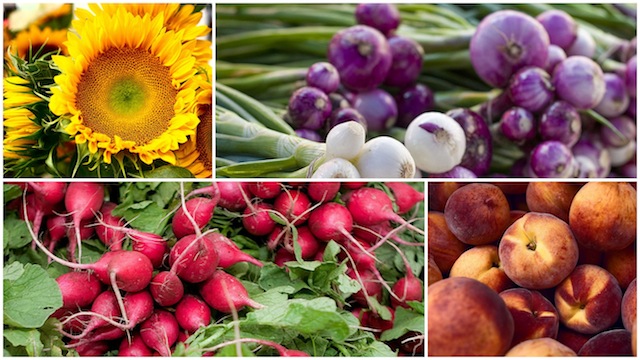
The topic of GMOs, or genetically modified organisms, is one that has grabbed public attention over the last year. California is currently in the process of reviewing a proposition that will require the labeling of all products containing GMOs, and consumers all across the country (and the world for that matter) are beginning to demand that they be made aware of what’s in their food.
Unfortunately, food companies can be as sneaky as they want about using GMOs in their products since there are no laws that require them to inform consumers about the ingredients they are using. “Currently, up to 85 percent of U.S. corn is genetically engineered as are 91 percent of soybeans and 88 percent of cotton (cottonseed oil is often used in food products). It has been estimated that upwards of 70 percent of processed foods on supermarket shelves”“from soda to soup, crackers to condiments”“contain genetically engineered ingredients” (Center for Food Safety). So how do you know if you are buying foods containing GMOs?
Enter Fooducate, a personal grocery advisor and nutrition app, that helps people make healthy food choices for their families. The concept of Fooducate was first envisioned when founder Hemi Weingarten was faced with the challenge of shopping for healthful foods for his three toddlers. Weingarten found himself trying to answer a slew of questions such as: Do my kids really need to drink juice? How much sugar is too much in a breakfast cereal? What are nitrates? Should we avoid all food colorings? Is just a tiny bit of trans fat OK?
Feeling overwhelmed and frustrated he began to avidly research the modern food system, nutrition, and food preparation. He launched Fooducate with the hope that the app would help other health conscious people find nutritious, honest food with one click of a button on their smartphone.
Using a special algorithm Fooducate automatically grades foods on the following scale: A, B+, B, B-, C+, C, C-, D+, and D.

Fooducate does not receive any additional information from manufacturers, so it goes solely off of what the packaging reveals about the product. Since most companies do not label whether or not they are using GMOs, Fooducate essentially takes a very educated guess on the likelihood that the product does or does not contain GMOs. (Note: organic products never contain GMOs.)

The algorithm rewards minimally processed, nutrient dense foods with the highest grades. This means that real foods, with intrinsic nutrients will score better than processed or GMO foods that are poor in built-in nutrients and use fortification as a means to appear healthy.

The app also includes a long list of product details (much longer than what is included in this screen shot) that provids information about anything from the percentage of daily fiber, to what “multigrain” really means, to how the product compares (nutritionally speaking) to its competitors.

Fooducate is a great sign that people are beginning to take a vested interest in the food they are putting into their bodies and is a statement to Big Brother that if they don’t start taking things seriously we’ll simply find ways to expose companies that refuse to be honest by hitting them where it hurts the most — from our gut to theirs.
Featured photo: sunflowers, radishes & peaches by See-ming Lee æŽæ€æ˜Ž SML; onions by Ron Dressel



